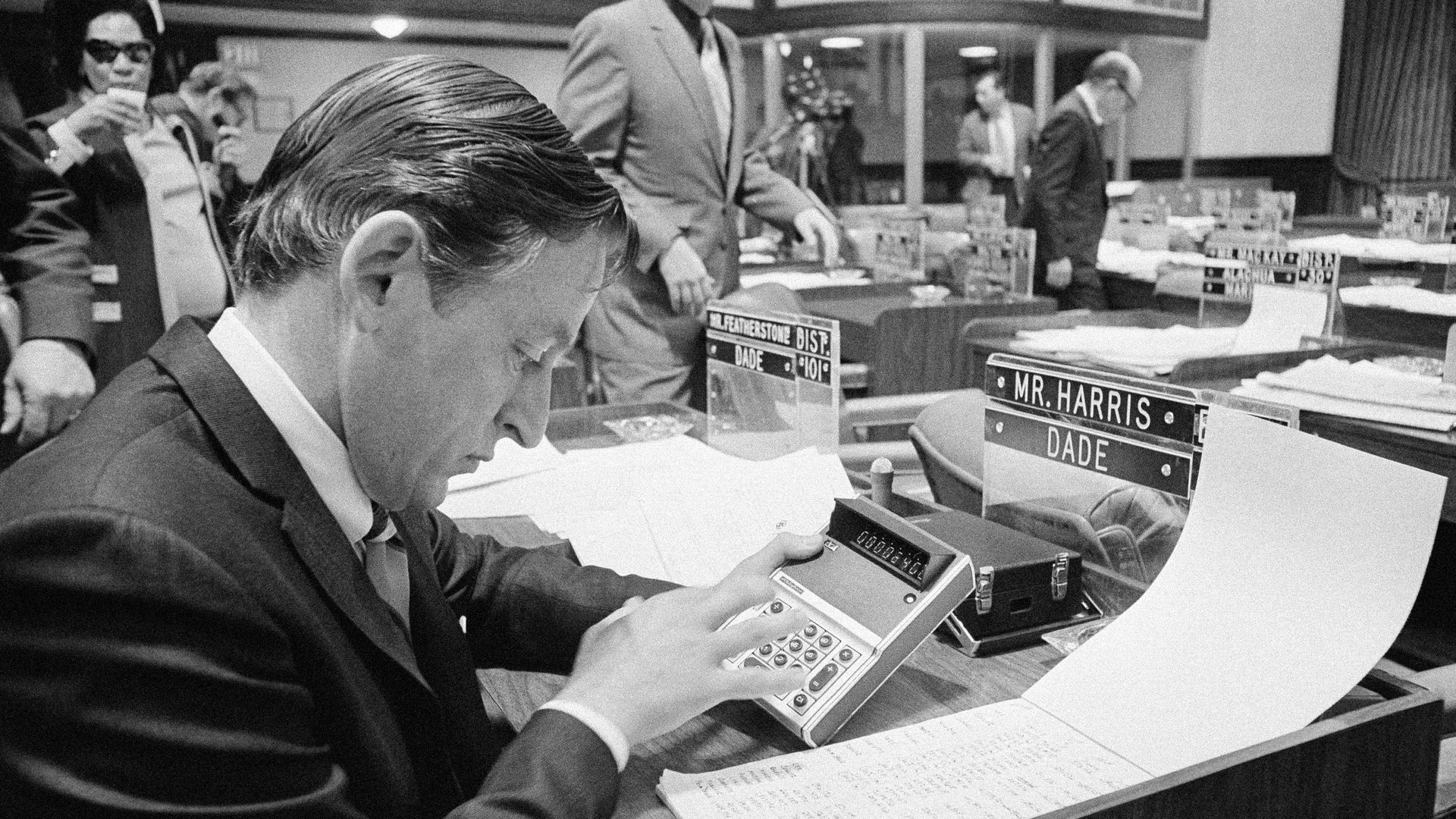Stop complaining about the price of new gadgets
Maybe that $1,000 iPhone X isn’t as expensive as you thought. Or that $1,600 VR setup. Or that $1,700 robot dog.


Maybe that $1,000 iPhone X isn’t as expensive as you thought. Or that $1,600 VR setup. Or that $1,700 robot dog.
Consumers often balk at the price of new technology, and simple economics determine that the more people who want a product, the more likely it is that the price of that thing will eventually fall. But early adopters have always tended to pay a price for their desire to be the first to lord their new gadgets over everyone else. And it seems like it’s always been that way.
Quartz analyzed the prices of the first models of a range of gadgets that ever went on sale to see how much they would cost today. Here’s what we found:
Regardless of the decade, new technology was always a costly. Things that we take for granted now (like the microwave, the channel changer, and digital watches), or things that have been subsumed by other gadgets (like the answering machine or the calculator) were big-ticket items for the average consumer when they were first introduced. Other products, like the CD player, or the Walkman, seemed so essential at the time, but have since been relegated to the trash heaps of obsolescence. This week, Best Buy announced that it will stop selling CDs, and unless you’re an annoying hipster or a massive Guardians of the Galaxy fan, you probably ditched your cassette tapes decades ago—if you ever had any.
Technology tends to get smaller and cheaper with every passing year, and what would’ve required a loaded suitcase to carry around with you in the 1980s, now fits in your pocket. It’s likely that the newest gadgets will always be costly, but it’s quite amazing to think how far we’ve come in such a relatively short time. We’re not that far removed from a time when the TV remote was a big deal. Who knows how long it’ll be before Apple’s latest smartphones look like dated, unimportant anachronisms.
Note: the PhoneMate 400 was not the first-ever answering machine (scientists were testing out the concept as early as the 1920s), but it is considered the first commercially viable machine.